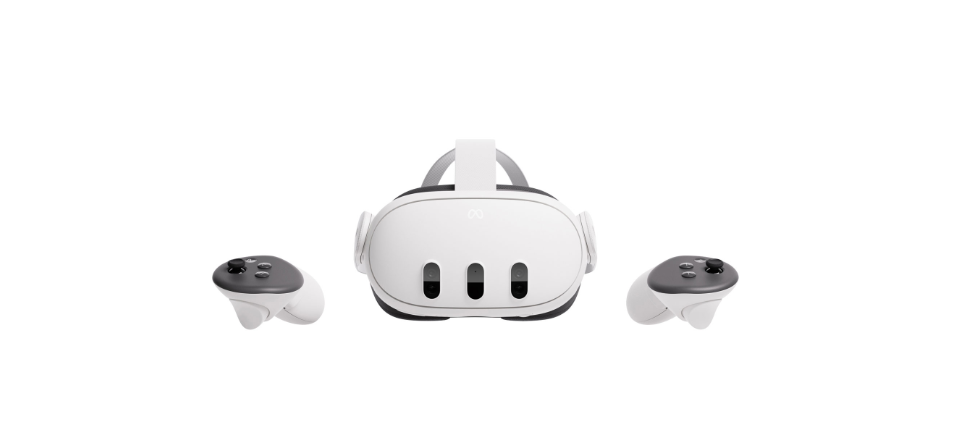Tracking technologies are the backbone of roomscale Virtual Reality (VR) and Augmented Reality (AR). They determine the level of immersion, accuracy, and overall user experience. This article aims to analyze different tracking technologies employed by leading companies like Varjo, Meta, Apple, and HTC.
Traditional Tracking Methods
Internal Sensors
Internal sensors, also known as Inside-Out tracking, are built into the headset and use accelerometers, gyroscopes, and sometimes cameras to determine the user’s position and orientation. While convenient and easy to set up, they can suffer from drift and are generally less accurate than external sensors.
External Sensors
Also known as Outside-In tracking, external sensors are placed around the room and track the headset and controllers. While they offer high accuracy, they are cumbersome to set up and can suffer from occlusion issues.
Varjo’s Dual-Resolution Displays
Varjo’s VR3 and XR3 headsets employ dual-resolution displays for each eye, offering an apparent image when looking straight ahead and a more standard resolution for peripheral vision. While not directly related to tracking, this feature enhances the overall immersion. It can compensate for some tracking limitations by providing a more realistic visual experience.
Meta’s Quest 3 Hybrid Tracking
Meta’s Quest 3, set to launch on September 27 for $499, employs a hybrid approach, combining controller LED tracking with controller-free hand tracking. This allows for more accurate and flexible tracking options, especially in complex scenarios where hand movements are intricate. The Quest 3 also features a next-generation Qualcomm Snapdragon chip, aiming to offer twice the graphics performance for higher-quality visuals in VR games and experiences.
Apple’s Vision Pro: Eye and Voice Tracking
Apple’s Vision Pro has introduced eye and voice-based controls, adding another layer of interactivity and immersion. The eye-tracking feature allows for gaze-based interactions, while voice commands can be used for various functions, making the user interface more intuitive.
HTC VIVE XR Elite: All-in-One XR Headset
The HTC VIVE XR Elite is a high-performance, all-in-one XR headset that transforms into a pair of portable immersive glasses. It features robust graphics performance and high-resolution, vivid passthrough capability. The headset uses 6DoF inside-out tracking and offers a play space of up to 10 x 10 m. With a Qualcomm Snapdragon XR2 processor and a refresh rate of 90 Hz, it aims to provide a seamless and immersive experience.
HTC VIVE XR Elite Controllers
The controllers for the HTC VIVE XR Elite offer a battery life of up to 15 hours and include various sensors like Hall sensors on Trigger and Grip buttons, capacitive sensors on Trigger, Joystick, and Thumb-rest area, as well as a G-Sensor and Gyroscope.
Comparative Analysis
- Accuracy: External sensors are generally the most accurate, followed by hybrid systems like Meta’s Quest 3 and HTC VIVE XR Elite, and then internal sensors.
- Ease of Setup: Internal sensors and hybrid systems like Quest 3 and HTC VIVE XR Elite are easier to set up compared to external sensors.
- User Experience: Apple’s Vision Pro offers the most interactive and intuitive user interface, thanks to its eye and voice tracking features.
- Immersion: Varjo’s dual-resolution displays offer the most immersive visual experience, closely followed by Apple’s Vision Pro and HTC VIVE XR Elite due to their interactive features.
Conclusion
Tracking technologies in roomscale VR and AR are evolving rapidly, with each company bringing unique innovations. While traditional tracking methods remain relevant, hybrid systems and interactive features like eye and voice tracking are setting new standards in the industry.
